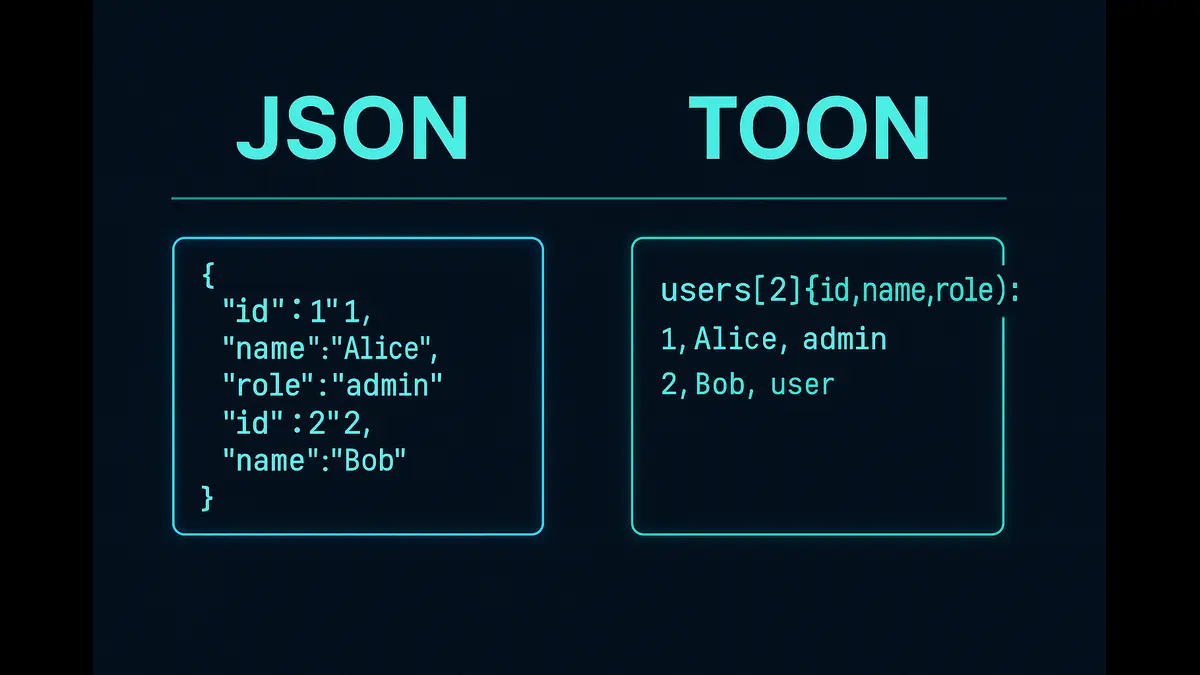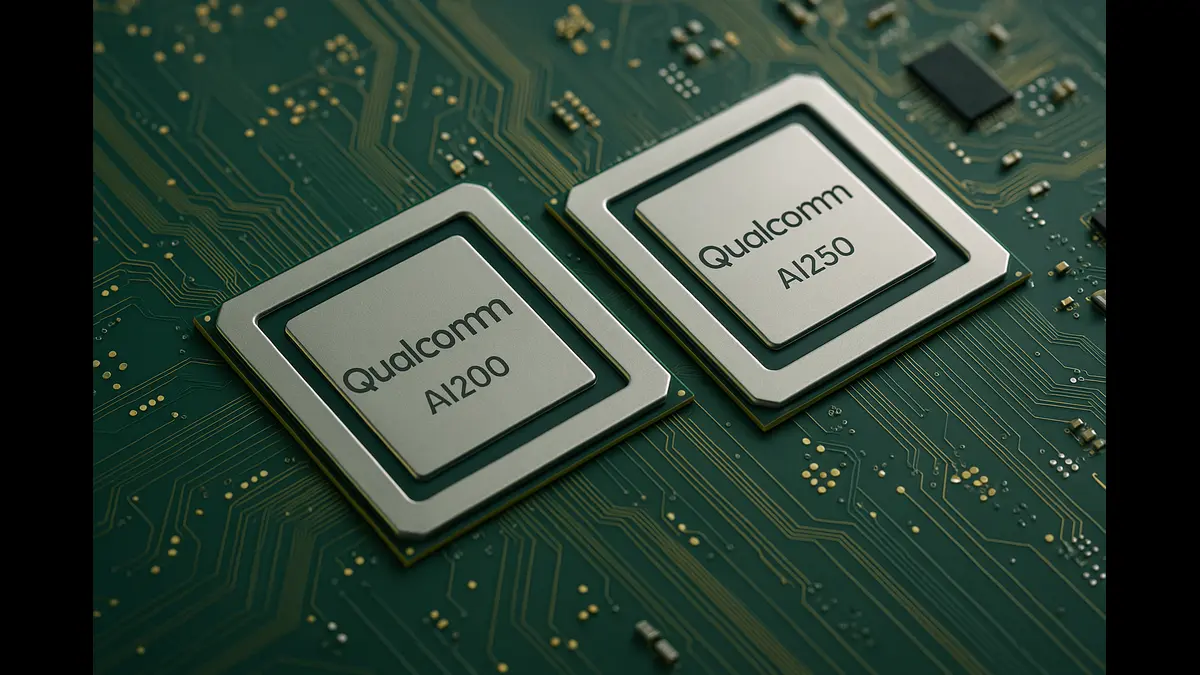
Discover how AI and space technology are revolutionizing military power. Explore advanced satellite surveillance, autonomous spacecraft, and space-based missile defense in this in-depth analysis of the AI-space synergy shaping global security.
The convergence of artificial intelligence (AI) and space technology is revolutionizing military power, creating a new paradigm for global security. Just as nuclear weapons redefined warfare in the 20th century, AI-enhanced space systems are poised to dominate both terrestrial and extraterrestrial conflicts. By integrating advanced machine learning, real-time data processing, and autonomous systems into space operations, nations and private entities are reshaping the strategic landscape. This article delves into the technical underpinnings of this synergy, the key players driving innovation, and the risks and ethical challenges that accompany this transformative shift.
The Strategic Role of Space in Military Operations
Space has been a cornerstone of military strategy since the mid-20th century, providing critical capabilities such as satellite-based communications, navigation, and intelligence. The U.S. Global Positioning System (GPS), initially developed for military use, revolutionized battlefield logistics by enabling centimeter-level precision in targeting and navigation. Reconnaissance satellites, equipped with electro-optical and synthetic aperture radar (SAR) systems, provided high-resolution imagery during the Cold War, offering unparalleled situational awareness. However, these systems were largely passive, serving as enablers for ground-based operations rather than active participants in conflict. The integration of AI is fundamentally altering this dynamic, transforming space into a contested, decision-making domain.
Technical Foundations of AI in Space Operations
AI is enhancing space capabilities through advanced algorithms, real-time processing, and autonomous systems. Below are the key technical areas where AI is driving military innovation in space:
1. AI-Enhanced Satellite Surveillance
Modern satellites generate petabytes of data daily, including multispectral imagery, SAR data, and telemetry. AI algorithms, particularly convolutional neural networks (CNNs) and generative adversarial networks (GANs), process this data at unprecedented speeds. For instance, CNNs can detect minute changes in imagery—such as the repositioning of a mobile missile launcher or naval fleet movements—with accuracy exceeding 95%. Reinforcement learning models enable satellites to prioritize high-value targets autonomously, reducing latency from hours to seconds, critical for near-real-time battlefield intelligence.
2. Autonomous Spacecraft and Orbital Maneuvering
Navigating the congested orbital environment requires precise, real-time decision-making. AI-driven spacecraft leverage onboard edge computing and graph neural networks (GNNs) to model orbital dynamics, predict collision risks with debris (tracked via the U.S. Space Surveillance Network’s catalog of over 27,000 objects), and execute evasive maneuvers. For example, SpaceX’s Starlink satellites use AI for autonomous station-keeping, adjusting orbits with ion thrusters. In military contexts, such systems enable satellites to evade anti-satellite (ASAT) threats or reposition for strategic coverage without ground intervention.
3. Space-Based Missile Defense Systems
AI is central to next-generation missile defense platforms, particularly for countering hypersonic threats. Satellites with infrared sensors and AI-driven target recognition systems detect missile launches within milliseconds, using recurrent neural networks (RNNs) to predict trajectories. Machine learning models trained on simulated hypersonic glide vehicle (HGV) patterns distinguish decoys from real threats, improving interception accuracy. The U.S. Space Development Agency’s Tracking Layer, part of its National Defense Space Architecture, deploys AI-enabled satellites for global missile tracking, potentially integrating directed-energy weapons for boost-phase intercepts.
4. Predictive Space Domain Awareness (SDA)
Space domain awareness involves monitoring orbital assets and detecting threats like satellite jamming, laser dazzling, or kinetic ASAT attacks. AI enhances SDA through anomaly detection algorithms, such as long short-term memory (LSTM) networks, which analyze telemetry data to identify irregular satellite behavior. Predictive models, trained on historical orbital data, forecast collisions or orbital decays with meter-level precision. The U.S. Space Force’s Advanced Framework for Simulation, Integration, and Modeling (AFSIM) integrates AI to simulate and predict space threats, enabling proactive countermeasures.
Redefining Military Power Through AI-Space Integration
The technical synergy of AI and space enables novel military capabilities, altering power projection:
Orbital Supremacy: AI-optimized satellite constellations provide low-latency, high-bandwidth communications and surveillance, using software-defined radios and AI-driven beamforming to maintain secure links under electronic warfare conditions.
Hyperspeed Warfare: AI-controlled satellites leverage onboard processing (e.g., NVIDIA Jetson modules) to execute decisions in milliseconds, rerouting encrypted communications via inter-satellite laser links or authorizing countermeasures like chaff deployment against ASAT threats.
Resilient Command and Control: AI enables self-healing networks by dynamically rerouting data through alternative satellites or ground stations. Blockchain-based authentication, combined with AI, ensures secure command chains in degraded environments.
Space-Based Cyber Defense: AI-driven satellites use deep learning-powered intrusion detection systems to counter cyberattacks, such as GPS spoofing or satellite control system hacks.
This integration positions AI-enhanced space systems as the backbone of future military operations, dictating conflict outcomes.
Key Players in the AI-Space Race
The race to dominate AI-space integration involves state and commercial actors:
United States
The U.S. Space Force invests in AI through initiatives like the Space Command and Control (C2) program, using AI for real-time threat assessment. DARPA’s Blackjack program, launched in 2018, aimed to demonstrate the military utility of low Earth orbit (LEO) constellations. Initially planning to deploy 20 satellites, the program scaled back, successfully launching four satellites on June 12, 2023, via a SpaceX Transporter-8 rideshare mission. These satellites, using Blue Canyon Technologies’ Saturn-class bus and Telesat’s spacecraft, are undergoing commissioning and testing to demonstrate optical inter-satellite links (OISLs) and autonomous operations. No further launches are planned, with the focus on validating technologies for future programs like the Space Development Agency’s National Defense Space Architecture. Partnerships with SpaceX’s Starshield program integrate AI for secure communications, using machine learning to mitigate cyber threats.
China
China’s space program, led by the China National Space Administration (CNSA) and People’s Liberation Army (PLA), employs AI for surveillance and anti-access/area-denial (A2/AD) strategies. Its Yaogan satellite series uses AI to process SAR and electro-optical data for monitoring. China is developing AI-driven orbital logistics, including robotic arms for satellite servicing, to ensure resilience in conflict.
Russia
Russia focuses on offensive capabilities, with AI-guided ASAT weapons like the Nudol system and electronic warfare platforms to disrupt satellite constellations. Its GLONASS navigation system integrates AI to counter jamming, ensuring operational continuity.
European Union
The EU’s IRIS² constellation, planned for deployment by 2027, will use AI for secure, resilient communications, emphasizing quantum key distribution (QKD) and AI-driven cybersecurity to counter information warfare.
Private Sector
Commercial players are pivotal. SpaceX’s Starlink, with over 6,000 satellites, uses AI for autonomous collision avoidance and network optimization. Amazon’s Kuiper project plans 3,236 satellites, with defense contracts integrating AI for secure data relay. Companies like Palantir and Maxar provide AI-driven analytics for satellite imagery, supporting military intelligence.
Risks and Ethical Challenges
The militarization of space through AI introduces complex risks:
1. Unintended Escalation
Autonomous AI systems may misinterpret ambiguous signals—such as satellite repositioning—as hostile, triggering escalatory responses. Explainable AI (XAI) and human-in-the-loop protocols are critical to mitigate this risk.
2. Orbital Debris Crisis
Kinetic ASAT tests, like China’s 2007 test, created thousands of debris fragments. AI-driven collisions could trigger Kessler Syndrome, rendering orbital paths unusable. AI-based debris tracking systems, like those from LeoLabs, are essential.
3. Cyber Vulnerabilities
AI systems are susceptible to adversarial attacks, such as data poisoning or model inversion, compromising satellite operations. Post-quantum cryptography and AI-driven intrusion detection are necessary.
4. Governance Gaps
The 1967 Outer Space Treaty does not address autonomous AI operations. New international frameworks, potentially using AI for real-time deconfliction, are needed to establish norms.
The Strategic Imperative for the Future
By the 2040s, space may be the initial battleground, with AI-managed systems determining outcomes. Autonomous orbital defenses, quantum-encrypted communication webs, and predictive surveillance will form the first lines of offense and defense. To maintain dominance, stakeholders must:
- Advance AI Research: Develop explainable AI and edge computing for space.
- Strengthen Partnerships: Collaborate with commercial entities to scale infrastructure.
- Establish Governance: Lead international efforts for AI-space norms.
- Mitigate Risks: Invest in debris management, cybersecurity, and escalation safeguards.
The fusion of AI and space technology is redefining military power, offering unprecedented capabilities while introducing significant risks. Those who master this synergy will shape global security, commanding the high frontier and humanity’s geopolitical destiny. Balancing innovation with responsibility is critical to harnessing this transformative potential.
Discover more from Poniak Times
Subscribe to get the latest posts sent to your email.






